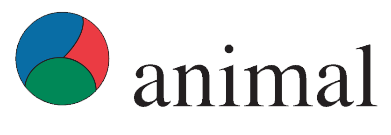Document type: scientific review published in Frontiers in Veterinary Science
Authors: Shannon L. Cartwright, Julie Schmied, Niel Karrow, Bonnie A. Mallard
Preview: Climate change is a problem that causes many environmental issues that impact the productivity of livestock species. One of the major issues associated with climate change is an increase of the frequency of hot days and heat waves, which increases the risk of heat stress for livestock species. Dairy cattle have been identified as being susceptible to heat stress due to their high metabolic heat load. Studies have shown heat stress impacts several biological processes that can result in large economic consequences. When heat stress occurs, dairy cattle employ several physiological and cellular mechanisms in order to dissipate heat and protect cells from damage. These mechanisms require an increase and diversion in energy toward protection and away from other biological processes. Therefore, in turn heat stress in dairy cattle can lead numerous issues including reductions in milk production and reproduction as well as increased risk for disease and mortality. This indicates a need to select dairy cattle that would be thermotolerant. Various selection strategies to confer thermotolerance have been discussed in the literature, including selecting for reduced milk production, crossbreeding with thermotolerant breeds, selecting based on physiological traits and most recently selecting for enhanced immune response. This review discusses the various issues associated with heat stress in dairy cattle and the pros and cons to the various selection strategies that have been proposed to select for thermotolerance in dairy cattle.




